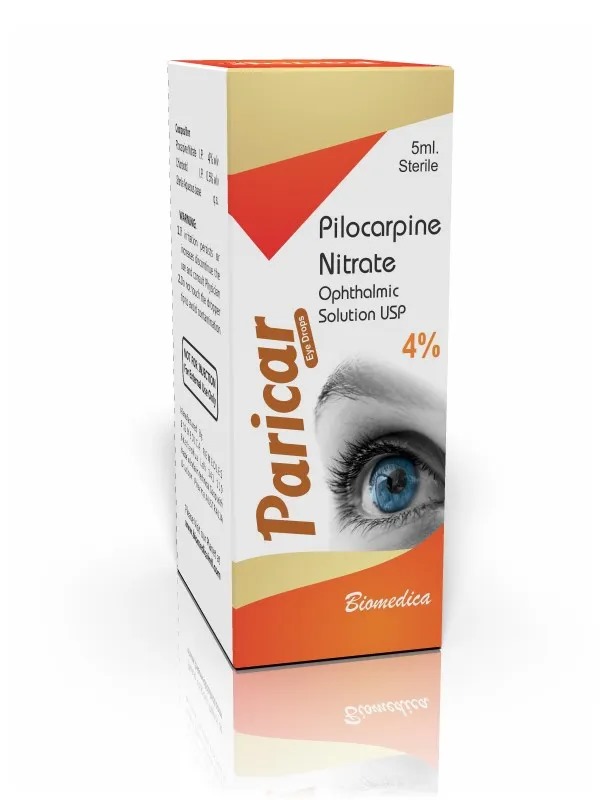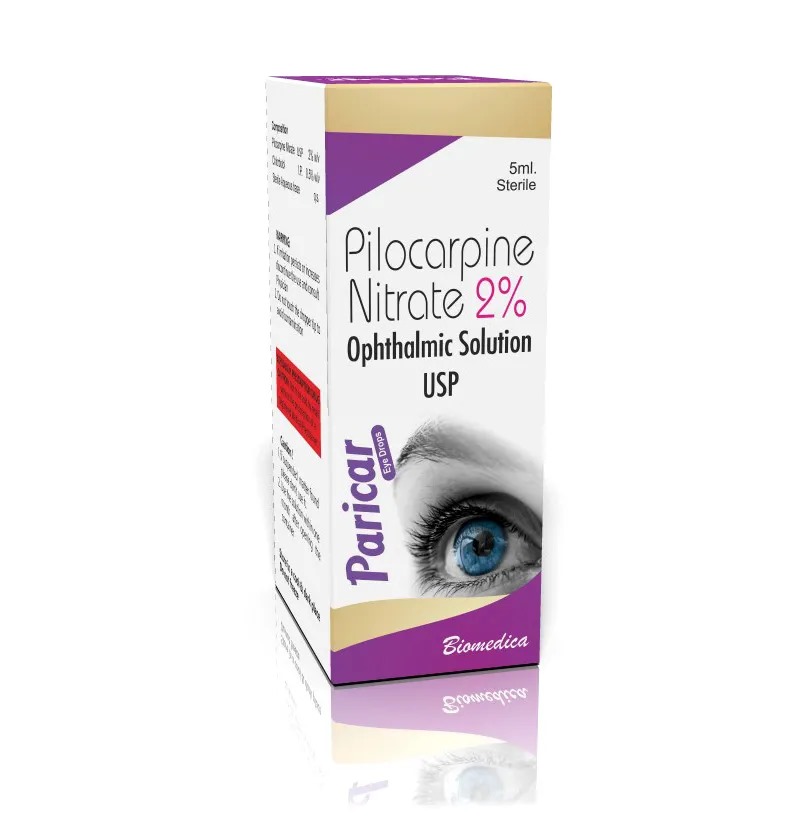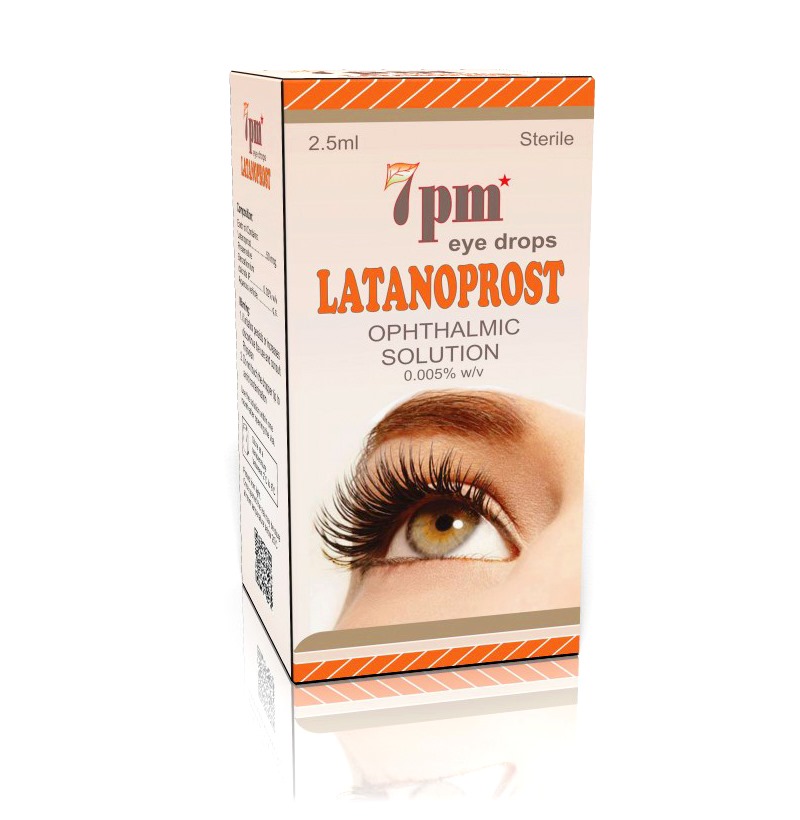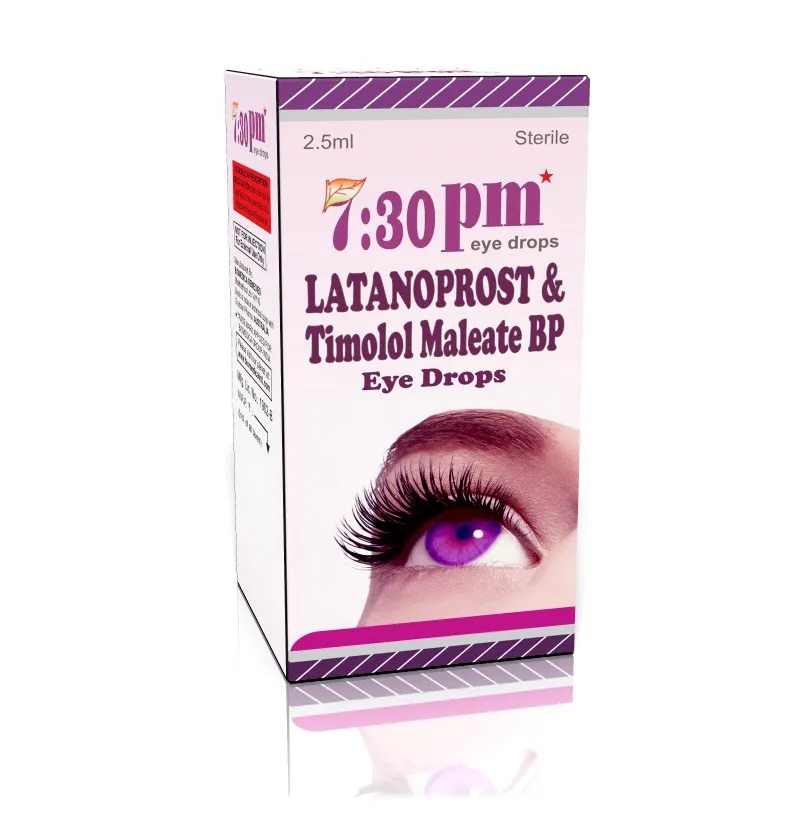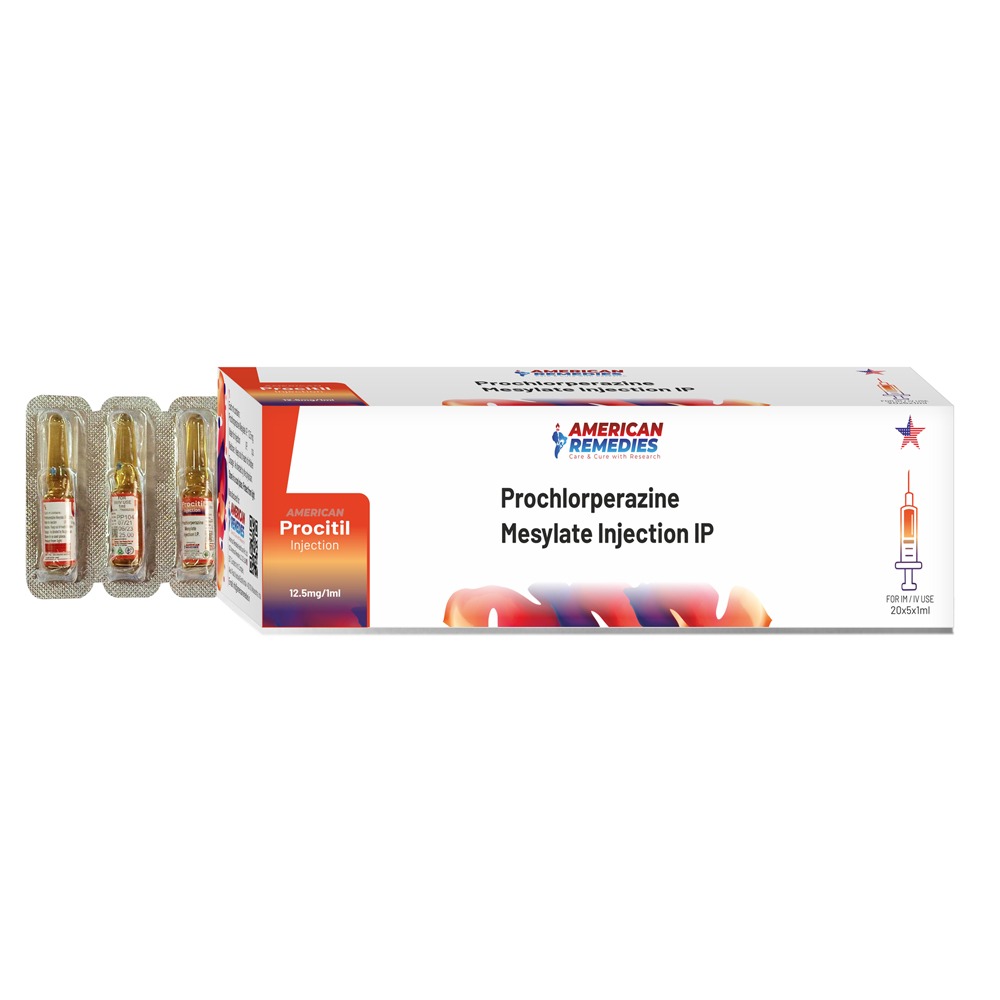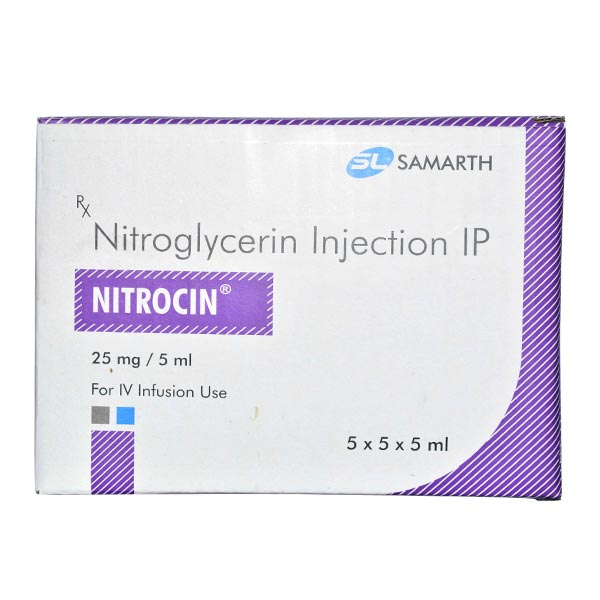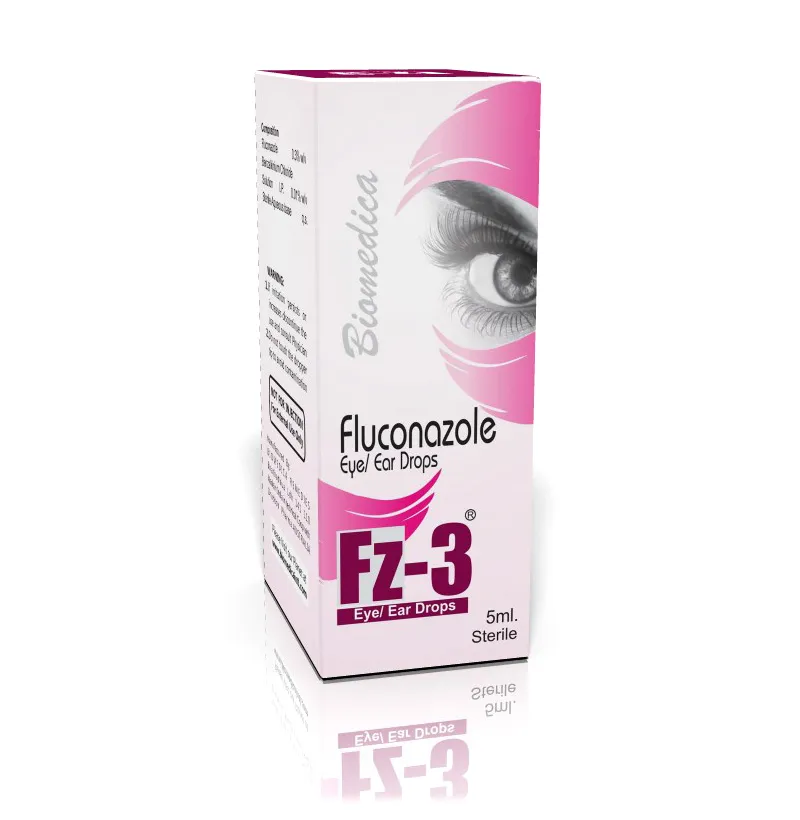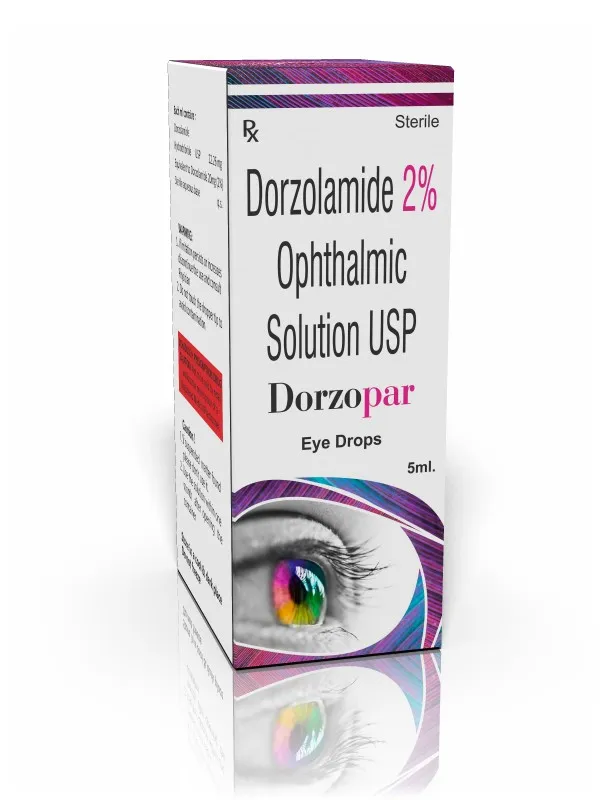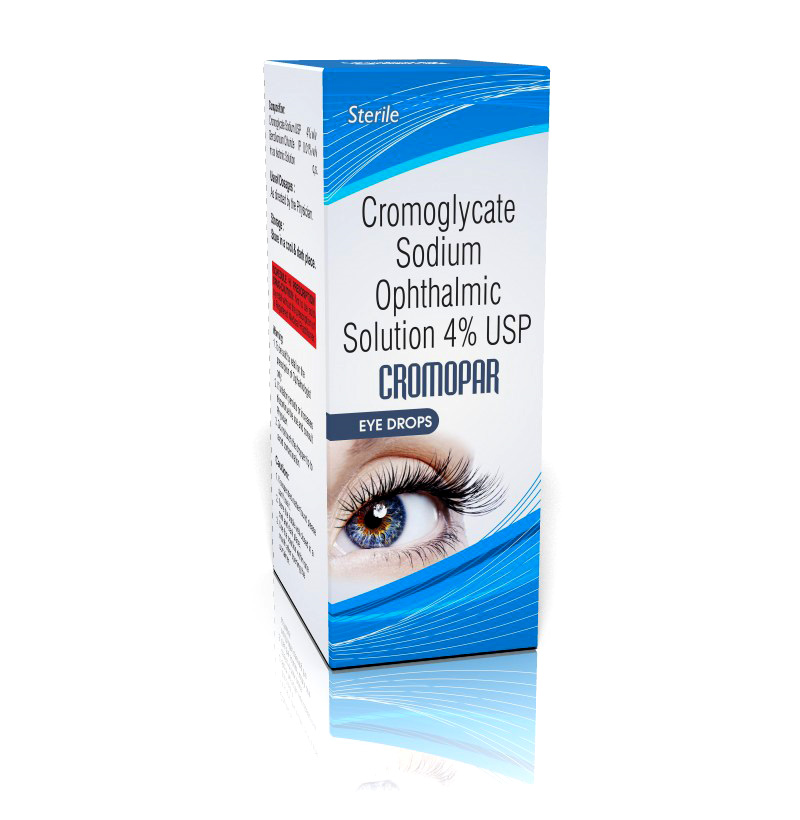Paricar (Pilocarpine Nitrate 4%) Eye Drops are a miotic ophthalmic solution primarily used to manage certain eye conditions by reducing intraocular pressure. ________________________________________ 🔍 Uses 1. Treatment of Glaucoma and Ocular Hypertension Pilocarpine Nitrate 4% is employed to lower elevated intraocular pressure (IOP) in patients with open-angle glaucoma or ocular hypertension. It facilitates the drainage of aqueous humor from the eye, thereby reducing IOP and helping prevent vision loss and nerve damage. 2. Management of Acute Angle-Closure Glaucoma In acute angle-closure glaucoma, Pilocarpine Nitrate 4% may be used to constrict the pupil, facilitating the opening of the angle between the iris and cornea, which helps in reducing IOP. 3. Induction of Miosis Pilocarpine Nitrate 4% is utilized to induce miosis (pupil constriction) during certain eye surgeries or to reverse the effects of drugs used to dilate the pupil during eye examinations. ________________________________________ 💧 Dosage and Administration • General Dosage: Instill one drop into the affected eye(s) 1 to 4 times daily, as directed by your healthcare provider. • Application Method: 1. Wash your hands thoroughly before use. 2. Tilt your head back slightly and pull down the lower eyelid to form a pouch. 3. Hold the dropper above the eye and instill the prescribed number of drops. 4. Close the eye gently and apply gentle pressure to the inner corner of the eye for 1 to 2 minutes to prevent the medication from draining away. 5. Avoid touching the dropper tip to any surface, including the eye, to prevent contamination. ________________________________________ ⚠️ Safety and Side Effects • Common Side Effects: o Temporary eye discomfort, such as stinging or burning sensations. o Blurred vision. o Headache. • Visual disturbances. • Serious Side Effects: o Although rare, systemic absorption may lead to increased blood pressure, headache, or dizziness. • Precautions: o Consult your doctor if you are pregnant or breastfeeding, as the safety of Pilocarpine Nitrate 4% during these periods is not well-established. o Use with caution if you have a history of retinal diseases or other eye conditions. o Avoid driving or operating machinery if you experience blurred vision or visual disturbances.
Send Message